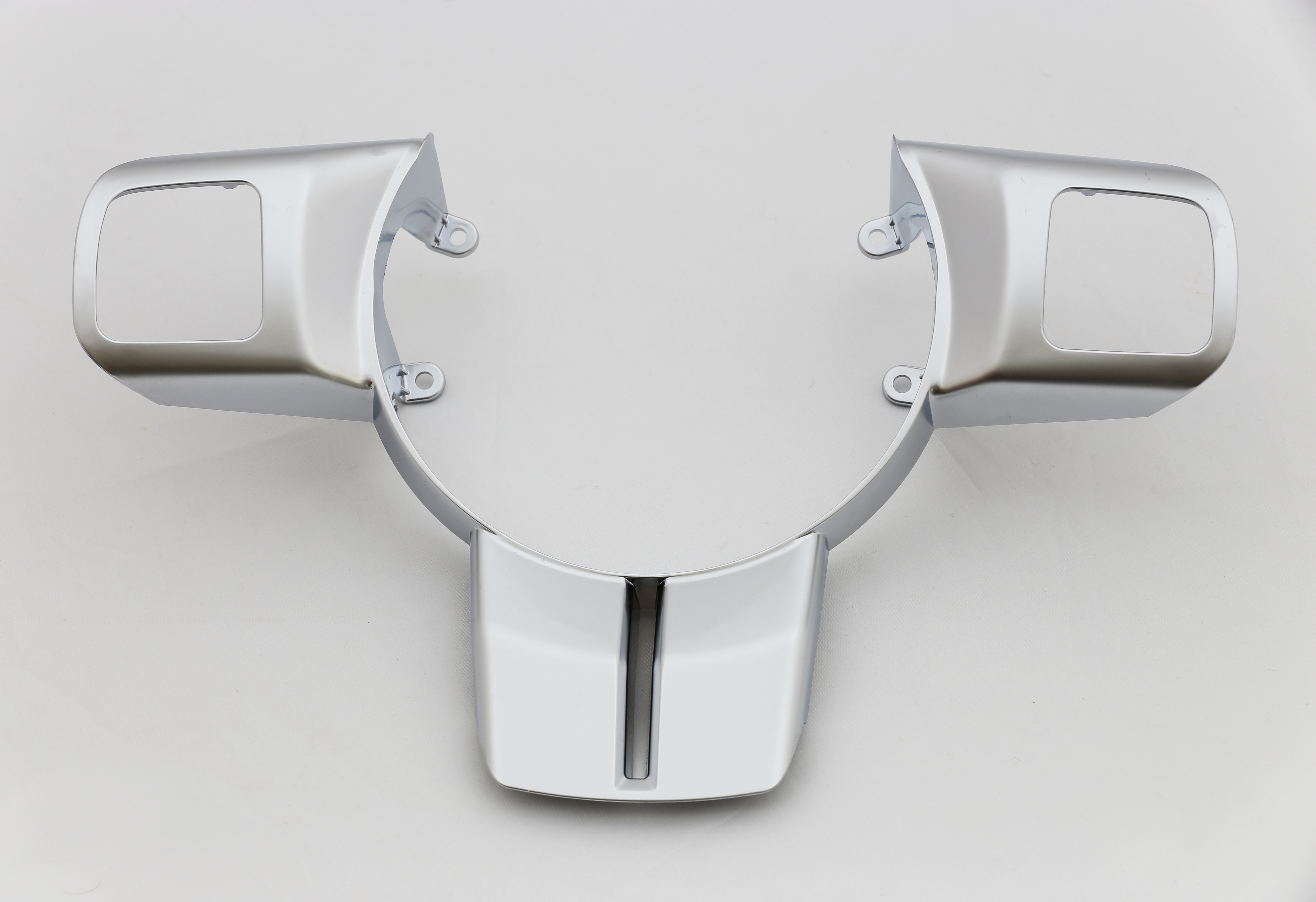Have you been hearing about hexavalent chrome and trivalent chrome, but still aren’t really sure what the difference is, and what that difference means? Let us provide some clarity.
Hexavalent chromium plating is the traditional method of chromium plating (most commonly known as chrome plating) and can be used for decorative and functional finishes. Hexavalent chromium plating is achieved by submerging substrates into a bath of chromium trioxide (CrO3) and sulfuric acid (SO4). This type of chromium plating provides corrosion and wear resistance, as well as aesthetic appeal.

Hexavalent chromium plating has its disadvantages, however. This type of plating produces several byproducts which are considered hazardous waste, including lead chromates and barium sulfate. Hexavalent chromium itself is a hazardous substance and carcinogen and is heavily regulated by the EPA. In recent years, automotive OEMs such as Chrysler have made efforts to replace hexavalent chromium finishes with more eco-friendly finishes.
Trivalent chromium is another method of decorative chrome plating, and is considered the environmentally friendly alternative to hexavalent chromium, with many of the same characteristics; just like hexavalent chrome finishes, trivalent chrome finishes provide scratch and corrosion resistance and are available in a variety of color options. Trivalent chromium plating uses chromium sulfate or chromium chloride as its main ingredient, instead of chromium trioxide; making trivalent chromium less toxic than hexavalent chromium.

While the trivalent chromium plating process is more difficult to control, and the necessary chemicals more expensive than that used for hexavalent chromium, the advantages of this method make it cost-competitive with other methods of finishing. The trivalent process requires less energy than the hexavalent process and can withstand current interruptions, making it more robust. Trivalent chromium’s lower toxicity means that it is regulated less stringently, reducing hazardous waste and other compliance costs.
Hexavalent chrome plating is still the cornerstone of the surface finishing industry because of its relatively low cost and availability as a commodity. At this time, few surface finishers in the United States have the capability to produce trivalent chrome finishes; MacDermid Enthone, an industry leader in finish design, lists only ten companies in the U.S. qualified to produce their trivalent chrome Fashion Finishes® and ECF is one of them. However, with regulations on hazardous substances tightening in the U.S. and EU, the need for environmentally friendly finishes like trivalent chrome is on the rise.
Electro Chemical Finishing has both hexavalent and trivalent chrome plating processes, in a variety of qualified finishes; contact us today for more information!










